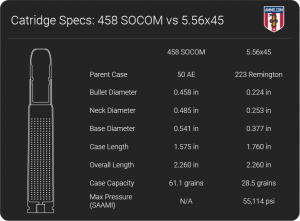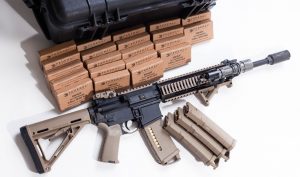U.S. Court of Appeals for the Fourth Circuit, Oral Arguments in Bianchi v. Fosh
BY Herschel SmithJust wow. If this is the level of reasoning present in the courtrooms of American, it’s no wonder we are in such trouble. The judges are just awful, especially Thacker (while Neimeyer and Richardson are only slightly better), and while Neimeyer and Richardson should probably be disallowed from doing anything more complicated than sweeping floors, I’m not certain that Thacker should even be allowed to answer phone calls.
I’m also not very impressed with the first attorney, but the second one (arguing for the state of Maryland for the AWB) was as dishonest as he was disrespectful of the judges. He had the gall to argue that the fact that so many people own AR-15s didn’t mean that it was in common use for self defense. He wanted the case to be remanded back to the district court to develop that argument (he doubts that it’s ever been used).
It’s astonishing that the judges didn’t hold him in contempt for making such a ridiculous argument. Even after Bruen, the state of Maryland still cannot abide the ownership of America’s Rifle, and also cannot seem to come up with good arguments against it. If the judges allow that bit of stupidity he expressed to hold the day, it’s a stupider court than I had even imagined.
And I’m very unimpressed with the 4th Circuit. For what it’s worth, the entire edifice of whether a weapon was once in military use is silly and was never a good foundation. All weapons were used in the military, pump action shotguns, semiautomatic shotguns, bolt action rifles, semiautomatic rifles, machine guns, cannon, knives, etc.
Listen to it all, or begin at 24 minutes if you want to hear someone actually argue that ownership of said weapon doesn’t count as common use if it hasn’t actually been used in a self defense scenario. He wants you to suffer a home invasion in order to kill his argument in court.
Gun controllers are such awful people.






